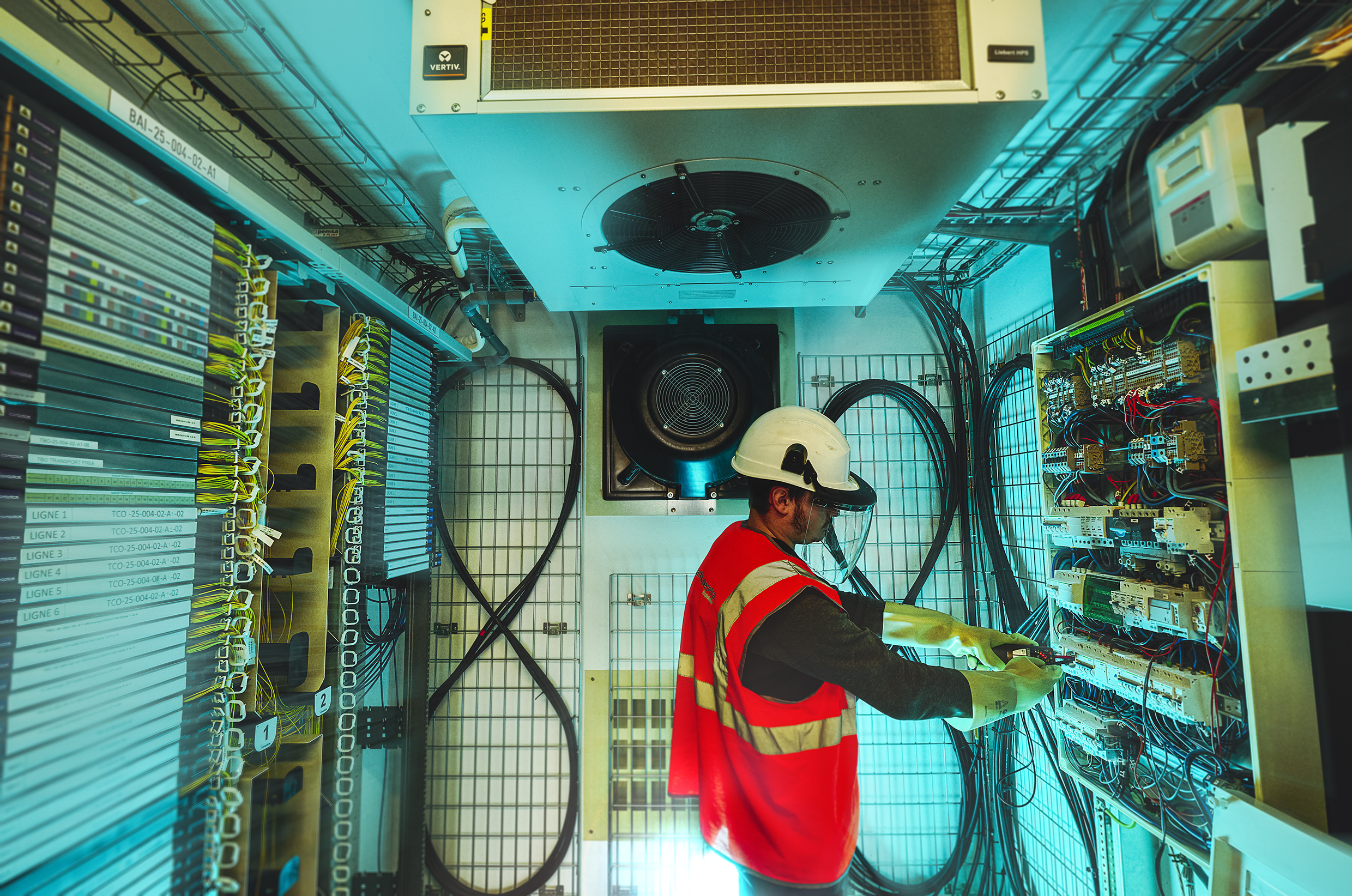—-
Outlook
Inflation’s impact on infrastructure
We expect that the prevalent themes of 2022, from the macroeconomic pressures of inflation and interest rates to the ever-increasing focus on sustainability, will continue to generate investor demand for infrastructure in 2023.
In the broader financial markets, higher interest rates in response to multi-decade high inflation will likely continue to impact the cost of capital. Infrastructure investments can play a key role as a hedge in such inflationary conditions, based on the following characteristics:
• The value of infrastructure assets historically correlates to inflation
• Cash flow from revenue-producing infrastructure (e.g., electricity generation, utilities) also correlates positively to inflation, with many underlying contracts explicitly inflation-linked
• Power-generating and power-storage infrastructure is well positioned in an environment of global energy shortages and pricing volatility, a major driver of inflation in 2023
That stated, inflation also poses some risk to infrastructure investments, such as increases in the costs of construction, maintenance, labor and other critical inputs.
Risks of rising debt costs
The sharp interest rate increases implemented by many central banks to fight inflation have increased the cost of debt on a global scale. This poses a challenge in infrastructure financing, particularly for organizations requiring high leverage and those without long-term hedging in place. As debt becomes more expensive, many assets will undergo repricing, which is a risk to valuations but also represents an opportunity for investors to secure attractive entry points.
We remain cognizant of debt and leverage risk in an inflationary environment, and as such maintain our conservative positioning in both our long-term income-driven strategies and our exit driven investments. We favor investments that are exhibiting low levels of leverage and long-term debt and hedge structures, and that will likely be less affected by high interest rates. In the income-focused market specifically, we favor investments with fixed financings. We believe assets with higher-quality characteristics will be more resilient to repricing pressures.
An additional risk stems from the repricing of traditional equities and fixed income. This could generate a so-called “denominator effect” negatively impacting infrastructure allocation. Any write-downs of equities and fixed income and subsequent decreases in overall portfolio value would require investors with strict allocation policies, such as those in the institutional market, to decrease exposure to alternatives (including infrastructure) to comply with their mandates.
Infrastructure’s role in global sustainability
While the current inflation and interest rate challenges are temporary by nature, the ongoing movement toward greater global sustainability remains a secular theme that will continue to drive markets in the long term. Infrastructure investment, particularly the green infrastructure essential to many sustainability initiatives, is poised to benefit against this backdrop.
A recent combination of policy imperatives and macroeconomic and geopolitical realities are creating increased urgency around global sustainability. Europe, for instance, faces mounting concerns over its energy supply, exacerbated by the supply chain risks of Russian gas given the war in Ukraine. We expect global energy security concerns and public subsidies to further drive green infrastructure development from renewables to hydrogen at scale.
The clean energy transition remains a major investment theme for us heading into 2023, including sub-themes such as clean energy generation, advancements in energy storage and the further development of electricity transmission and distribution infrastructure. We are also seeing thematic opportunities in digitalization – such as in mobile towers and fiber networks – and in the upgrading, decommissioning or otherwise repurposing of aging infrastructure assets.
Authored by:
Richard Crawford, Head of Energy Income
Edward Hunt, Head of Core Income
Stephane Kofman, Head of Capital Gain
Jack Paris, Head of Americas



